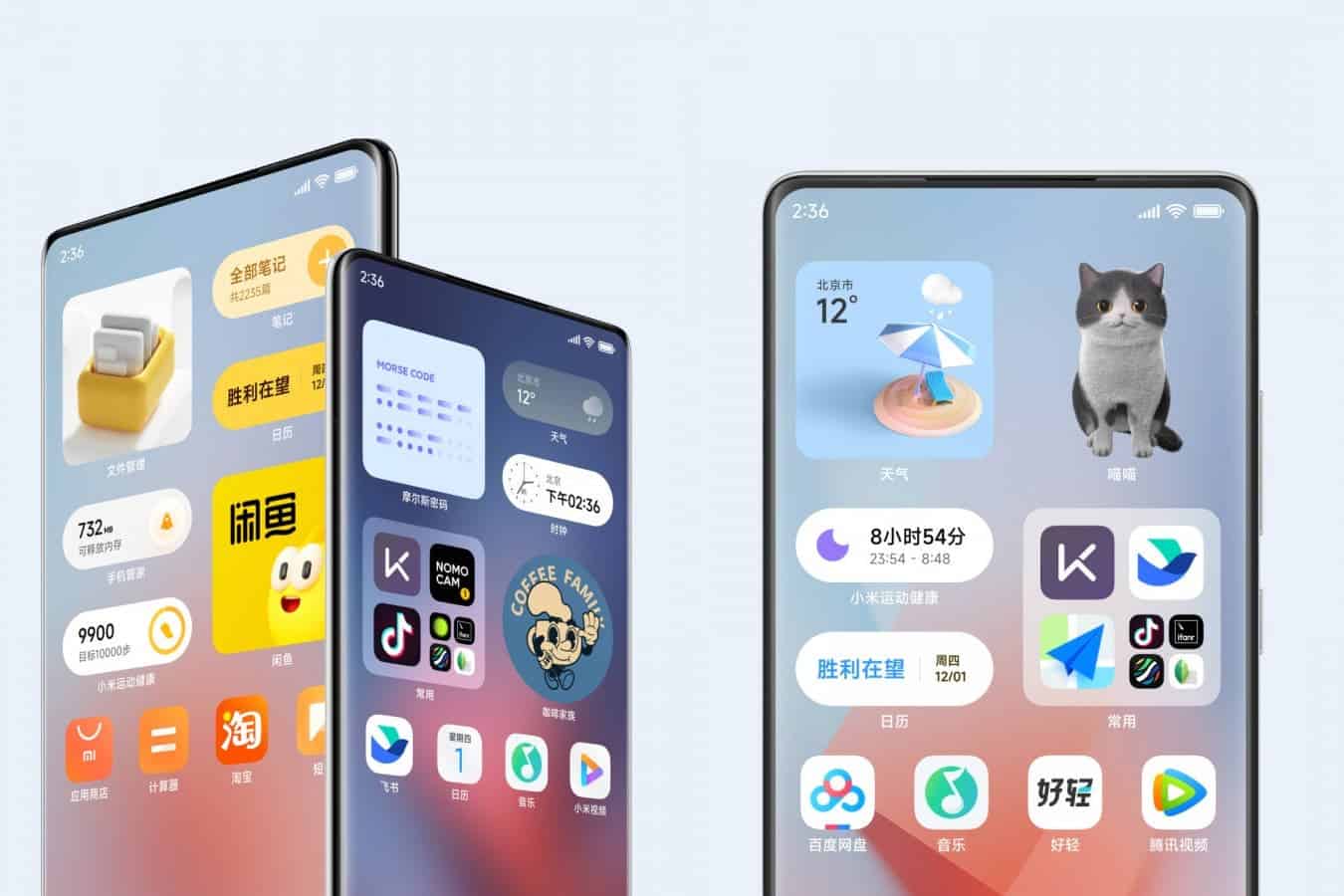In recent years, smartphone brands have significantly improved their software support policies, particularly as competition in the market intensifies. Companies like Samsung are leading the way, offering impressive support periods for their devices—seven years for flagship models and six years for mid-range offerings. But how does Xiaomi stack up in this evolving landscape? Let’s delve into Xiaomi’s software support strategy and identify the models that have reached the end of their update lifecycles.
Xiaomi’s Software Support Overview
So, traditionally, Xiaomi has provided a software support window of three to four years for its smartphones. This includes regular updates for the operating system and security patches, which are critical for ensuring device functionality and user security. However, once devices surpass this support period, they are officially listed on Xiaomi’s End of Life (EOL) page on the company’s website. This EOL list serves as a transparent notice to users, indicating which models will no longer receive updates.
Understanding the EOL List
When a device is added to the EOL list, it means that it will no longer receive updates for the MIUI interface, Android operating system, or security patches. So, this is crucial information for users who depend on their smartphones for daily tasks, as outdated software can expose devices to security vulnerabilities and limit access to new features.
However, Xiaomi does maintain a safety net. In cases where a significant security vulnerability is discovered, the company may still issue critical updates to these devices, even if they are no longer officially supported. This approach demonstrates a commitment to user safety, although it underscores the importance of keeping software up to date.

Xiaomi Models No Longer Supported
Here’s a comprehensive list of Xiaomi models that have reached the end of their update support:
Gizchina News of the week
Xiaomi Smartphones
- Mi Series:
- Mi 1, Mi 2, Mi 2A, Mi 3, Mi 4, Mi 4S, Mi 4C, Mi 5, Mi 5S, Mi 5S Plus, Mi 5C, Mi 5X, Mi 6, Mi 6X
- Mi 8, Mi 8 Lite, Mi 8 SE, Mi 8 UD, Mi 8 Pro, Mi 8 Explore Edition
- Mi 9, Mi 9 Lite, Mi 9 Pro 5G, Mi 9T Pro, Mi 9 SE
- Mi CC 9, Mi CC 9e, Mi CC 9 Pro
- Mi Note, Mi Note 2, Mi Note 3, Mi Note Pro
- Mi MIX, MIX 2, Mi MIX 2S, Mi MIX 3, MIX 4 (CN), Xiaomi MIX Fold (CN)
- Mi MAX, Mi MAX 2, Mi MAX 3
- Mi A1, Mi A2, Mi A2 Lite, Mi A3
- Mi Pad series (Mi Pad, Mi Pad 2, Mi Pad 3, Mi Pad 4, Mi Pad 4 Plus, Xiaomi Pad 5 Pro (CN), Xiaomi Pad 5 Pro 5G (CN))
- Mi Note 10, Mi Note 10 Lite, Mi Note 10 (Global)
- Mi 10 Lite Zoom (CN), Mi 10, Mi 10 Pro, Mi 10 Ultra (CN), Mi 10S (CN)
- Mi 10T, Mi 10T Pro
- Mi 11 Lite, Mi 11 Lite 5G
Redmi Series
- Redmi Models:
- Redmi 1, Redmi 1S, Redmi 2, Redmi 2A, Redmi 3, Redmi 3S, Redmi 3X
- Redmi 4, Redmi 4X, Redmi 4A, Redmi 5, Redmi 5 Plus, Redmi 5A
- Redmi Note 1, Redmi Note 1S, Redmi Note 2, Redmi Note 2 Pro, Redmi Note 3
- Redmi Note 4, Redmi Note 4X, Redmi Note 5, Redmi Note 5A, Redmi Note 5 Pro
- Redmi Pro, Redmi 6, Redmi 6 Pro, Redmi 6A, Redmi Note 6 Pro
- Redmi S2, Redmi Y2, Redmi Go
- Redmi Note 7, Redmi Note 7S, Redmi Note 7 Pro, Redmi K20, Redmi K20 Pro
- Redmi 7, Redmi Y3, Redmi 7A, Redmi 8, Redmi 8A, Redmi 8A Dual
- Redmi Note 8, Redmi Note 8 Pro, Redmi Note 8T, Redmi Note 8 (2021)
- Redmi 9, Redmi 9A, Redmi 9C, Redmi 9 Prime
- Redmi 10X, Redmi 10X Pro, Redmi 10X 4G
- Redmi Note 9, Redmi Note 9 Pro, Redmi Note 9T
- Redmi Note 10, Redmi Note 10 Pro, Redmi Note 10 Pro Max
Poco Series
- Poco Smartphones:
- POCO F1, POCO PHONE F1, POCO X2, POCO F2 Pro (Global)
- POCO M2 Pro (IN), POCO X3 (IN), POCO X3 NFC
- POCO M3, POCO M3 Pro 5G, POCO F3, POCO F3 GT
- POCO C31 (IN)
Conclusion
So, as the smartphone industry continues to evolve, software support remains a vital factor for consumers. While Xiaomi offers a decent support period compared to some competitors, it is essential for users to be aware of which models have reached the end of their update lifecycle. Staying informed not only enhances user experience but also ensures that devices remain secure and functional for as long as possible. With ongoing advancements in technology, it’s crucial for manufacturers like Xiaomi to balance cost, performance, and long-term support to meet the needs of their customers.





